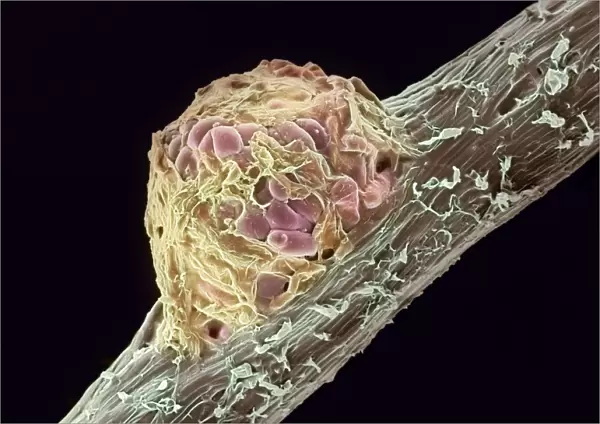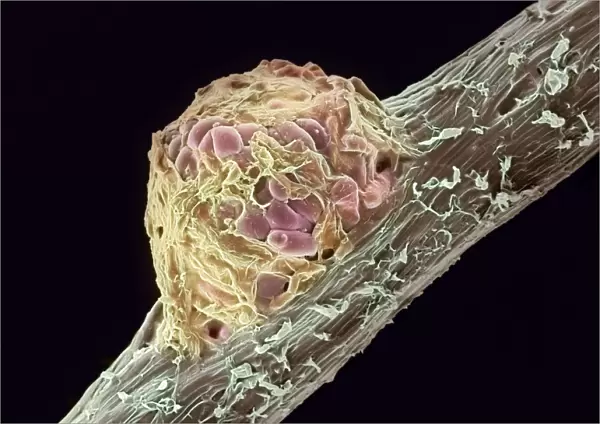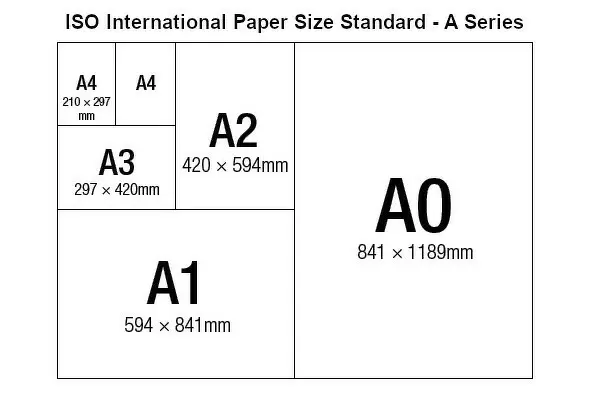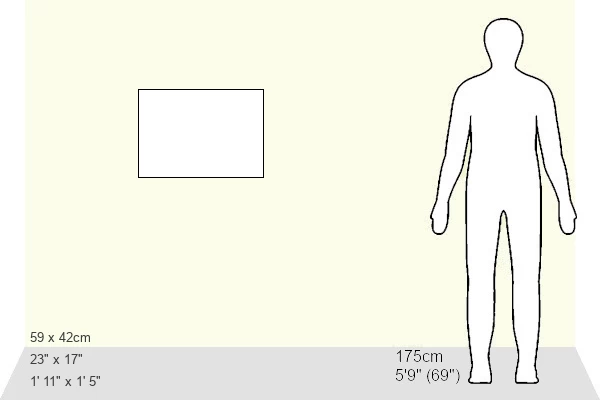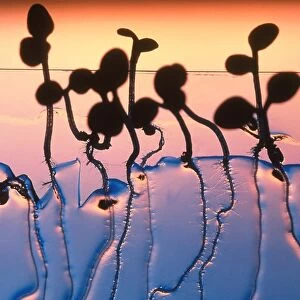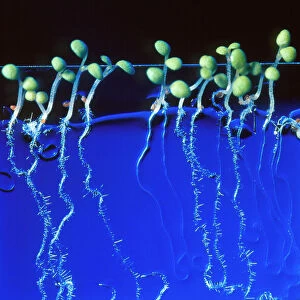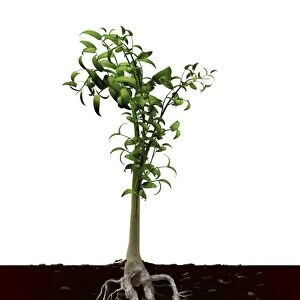Poster Print > Arts > Realistic drawings > Nature art > Botanical artwork
Poster Print : Root nodule
![]()

Poster Prints from Science Photo Library
Root nodule
Root nodule. Coloured scanning electron micrograph (SEM) of a root nodule on a pea plant (Pisum sativum) caused by the nitrogen-fixing soil bacteria Rhizobium leguminosarum. The plant and the bacteria have a symbiotic relationship. The bacteria converts (fixes) atmospheric nitrogen in the soil to ammonia. The plant cannot carry out this process itself, but it is vital for the production of amino acids, the building blocks of proteins. In return the plant passes carbohydrates produced during photosynthesis to the bacteria for use as an energy source. The bacteria enters the plant through its root hairs, where an infection thread leads it to the nodule. Magnification: x120 when printed 10 centimetres wide
Science Photo Library features Science and Medical images including photos and illustrations
Media ID 6292747
© DR JEREMY BURGESS/SCIENCE PHOTO LIBRARY
Agricultural Agriculture Ammonia Bacteria Bacterium Cortex False Colour Legume Leguminous Nodule Pisum Sativum Root Spongy Symbiont Symbiosis Symbiotic False Coloured Micro Biology Microbiological
A2 (59.4 x 42cm) Poster Print
Discover the wonders of nature with Media Storehouse's Poster Prints. This captivating piece features a coloured scanning electron micrograph (SEM) of a root nodule on a pea plant (Pisum sativum), caused by the nitrogen-fixing soil bacteria Rhizobium leguminosarum, from Science Photo Library. Add this stunning Root Nodule poster print to your workspace, classroom, or home to inspire curiosity and ignite discussions about the intricate relationship between plants and bacteria. Enhance your space with this educational and visually appealing representation of the natural world.
A2 Poster (59.4 x 42cm, 23.4" x 16.5" inches) printed on 170gsm Satin Poster Paper. Securely packaged, rolled and inserted into a strong mailing tube and shipped tracked. Poster Prints are of comparable archival quality to our Photographic prints, they are simply printed on thinner Poster Paper. Whilst we only use Photographic Prints in our frames, you can frame Poster Prints if they are carefully supported to prevent sagging over time.
Poster prints are budget friendly enlarged prints in standard poster paper sizes (A0, A1, A2, A3 etc). Whilst poster paper is sometimes thinner and less durable than our other paper types, they are still ok for framing and should last many years. Our Archival Quality Photo Prints and Fine Art Paper Prints are printed on higher quality paper and the choice of which largely depends on your budget.
Estimated Product Size is 59.4cm x 42cm (23.4" x 16.5")
These are individually made so all sizes are approximate
Artwork printed orientated as per the preview above, with landscape (horizontal) orientation to match the source image.
FEATURES IN THESE COLLECTIONS
> Arts
> Realistic drawings
> Nature art
> Botanical artwork
EDITORS COMMENTS
This print showcases a root nodule on a vibrant pea plant, revealing the intricate symbiotic relationship between the plant and nitrogen-fixing soil bacteria. The image, captured using a scanning electron microscope, highlights the importance of this partnership in agricultural and biological contexts. The root nodule is caused by Rhizobium leguminosarum, a bacterium that converts atmospheric nitrogen into ammonia. This process is crucial for the production of amino acids, which serve as the fundamental building blocks of proteins. While plants are unable to carry out this conversion themselves, they rely on these bacteria to fulfill their nutritional needs. In return for its services, the pea plant provides carbohydrates produced during photosynthesis to fuel the energy requirements of Rhizobium leguminosarum. The bacteria enters through specialized structures called root hairs and follows an infection thread leading it directly into the nodule. At a magnification of x120 when printed at 10 centimeters wide, this false-colored micrograph reveals fascinating details within the cortex of both organisms involved in this mutualistic association. It offers valuable insights into microbiological processes occurring beneath our feet and underscores how nature has evolved intricate mechanisms for survival and growth. This mesmerizing print from Science Photo Library serves as a testament to the wonders of botany and biology while emphasizing humanity's reliance on symbiotic relationships within our ecosystem.
MADE IN THE UK
Safe Shipping with 30 Day Money Back Guarantee
FREE PERSONALISATION*
We are proud to offer a range of customisation features including Personalised Captions, Color Filters and Picture Zoom Tools
SECURE PAYMENTS
We happily accept a wide range of payment options so you can pay for the things you need in the way that is most convenient for you
* Options may vary by product and licensing agreement. Zoomed Pictures can be adjusted in the Basket.

